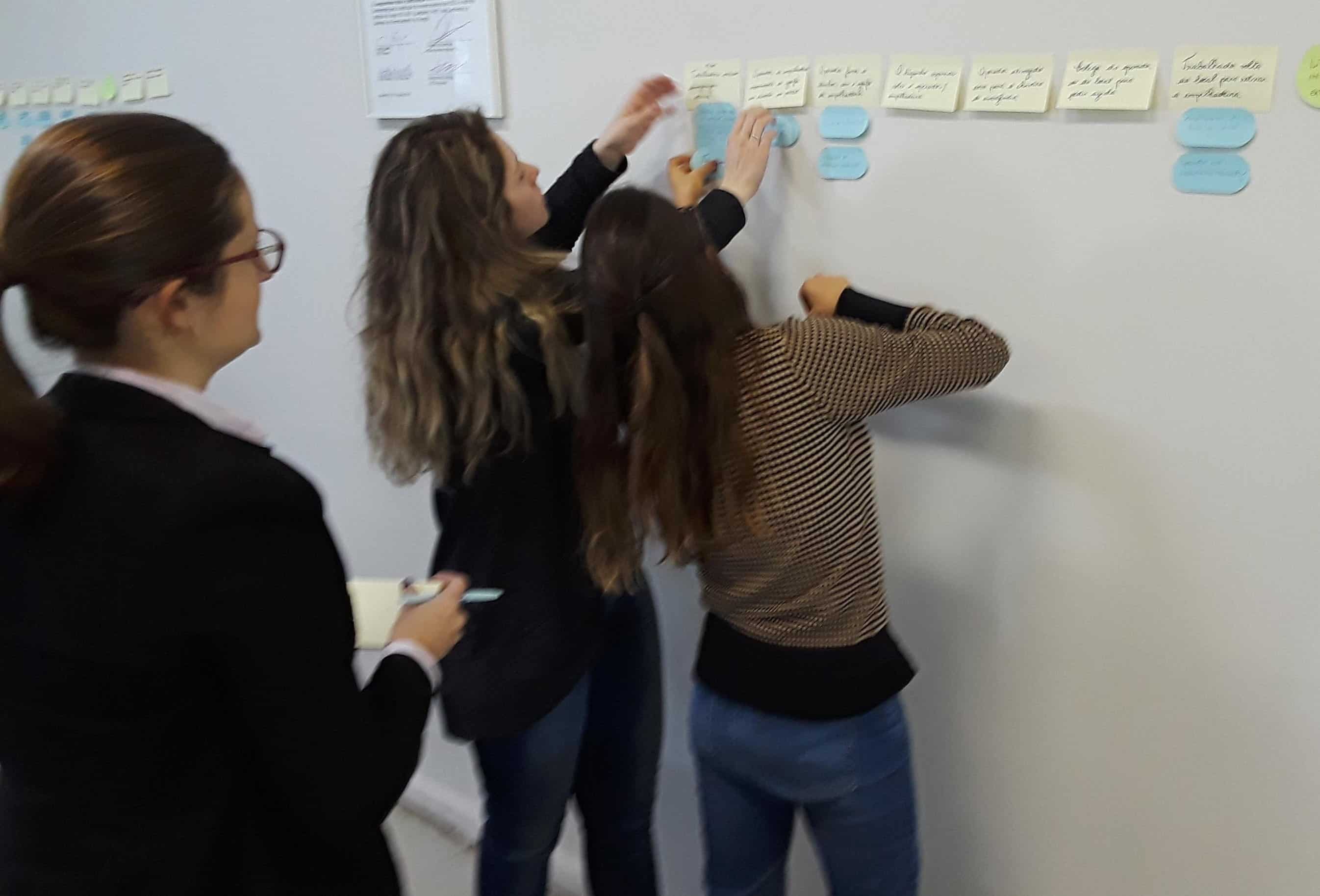Interviewing & Evidence Collection Tip: Get More Out of Interviews

Why do we often forget that we are collecting information from human beings? Remember that an accident investigation may be a stressful event for everyone involved. There may be serious injuries and worries about the repercussions of participating in interviews or worries about whatever discipline the employer may impose in a blame culture.
Throughout the process, treat everyone with sensitivity:
- Be ready for the interview.
- Greet the interviewee by name, a firm handshake and a smile.
- Break the ice by initiating a brief conversation not related to the incident. Put the interviewee at ease by listening to their contributions to the conversation without interruption.
- Explain the interview process so they know what to expect.
- Make it a practice to review the notes with the interviewee at the end of the interview. Let them know you will be doing that after explaining the process. They will feel more at ease if they have the opportunity to make any clarifications necessary.
Consideration for people’s fears goes a long way toward earning buy-in and confidence in the process.
What other things do you do to help an interviewee feel comfortable with the interview process? Share your ideas in the comments section below.



